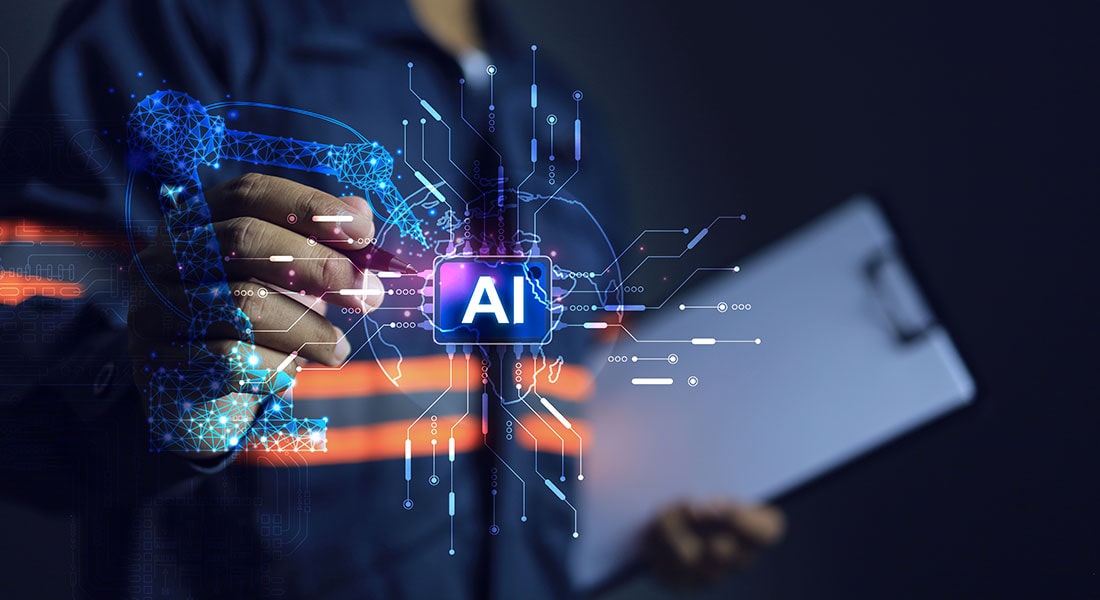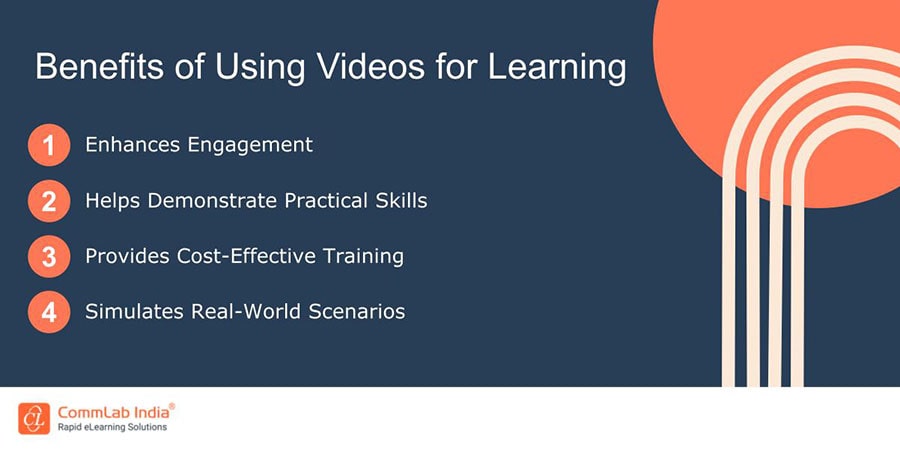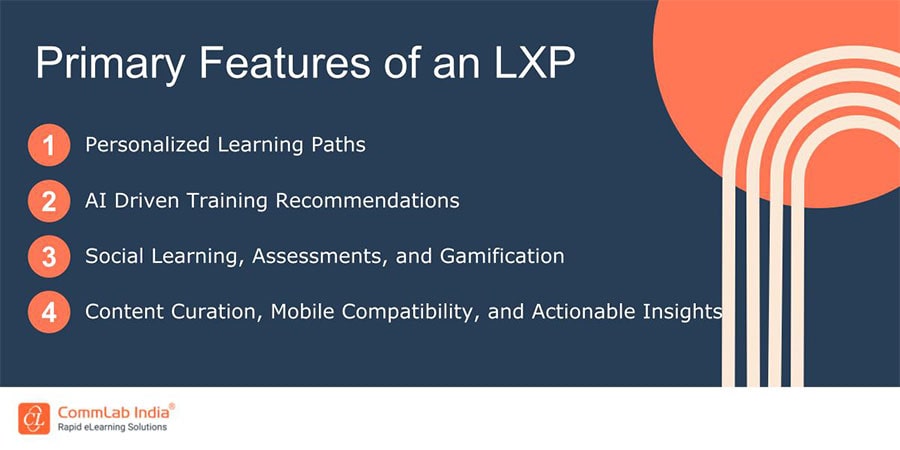Bridging the Language Barrier with AI-Powered Training Videos

The global workforce is more diverse and geographically dispersed than ever before. With remote work becoming increasingly common, companies now face the challenge of delivering effective training to employees who speak different languages. Traditional approaches, like hiring voiceover artists and translators for each language, can be costly, time-consuming, and impractical. Enter Artificial Intelligence (AI), the game-changer for creating engaging and accessible training content that transcends language barriers, making it easier and more affordable than ever for organizations to develop multilingual training videos.
Struggling to Create Engaging Multilingual Training Videos for Your Global Workforce? Try Leveraging AI!
This blog explores the tools, techniques, and future trends of AI in training, empowering you to reach wider audiences, boost engagement, and build a thriving global workforce. Learn how to leverage text-to-speech, lip-sync animation, and interactive elements to create impactful training experiences that transcend language barriers.
What Are The Benefits of Multilingual Training Videos?
1. Expanding Your Reach: Language No Longer a Barrier
Imagine delivering training to employees across continents, each in their native language. AI-powered video-based learning modules can make this a reality. By creating multilingual content, you unlock access to a vast talent pool and empower employees worldwide to participate in training initiatives. This fosters inclusivity, improves knowledge retention, and ultimately strengthens your organization's global workforce.
→ Download eBook Now: Unlocking the Power of AI in Video-based Learning
2. Deeper Engagement: Content that Resonates on a Personal Level
Learning in your native language allows for a deeper understanding and connection with the material. Various studies have shown that learners engage better with content presented in their preferred language. Multilingual training videos cater to individual learning styles, enhance motivation, and drive higher completion rates. Imagine the boost in employee engagement when they can truly grasp the nuances and value of your training materials.
3. Cost-Effective Solution: Saving Time and Money
Traditional multilingual training often involves hiring translators, voice-over artists, and video production teams. This can be expensive and time-consuming. AI tools revolutionize this process by automating much of the work. You can create high-quality videos in multiple languages at a fraction of the cost, freeing up resources for other critical initiatives. Here are a few advantages of using videos for learning.

4. Faster Development: Efficiency Meets Quality
Gone are the days of lengthy translation and production cycles. AI technology streamlines the process, allowing you to develop multilingual videos quickly and efficiently. With tools like text-to-speech synthesis and automated lip-sync animation, you can create professional-looking videos in multiple languages within a shorter timeframe.
5. Inclusive Learning: Ensuring Everyone Benefits
Accessibility is paramount in training. Multilingual videos, coupled with closed captions and transcripts, cater to diverse learning styles and abilities. This ensures all employees, regardless of their language proficiency or hearing ability, can fully participate in the learning experience. By breaking down language barriers, you foster a more inclusive and equitable learning environment.
Current Industry Trends, AI Tools, and Techniques: Embracing the AI Revolution
The landscape of video creation is witnessing a paradigm shift towards AI-driven automation. Today, a plethora of cutting-edge AI tools are empowering even non-technical users to generate high-quality training videos in multiple languages. Some of the most prominent players include:
- Synthesia: This platform leverages AI to create lifelike avatars that deliver natural-sounding voiceovers in over 120 languages.
- Steve.AI: This AI-powered video maker enables users to convert scripts into animated videos with various customization options and language support.
- Lumen5: This AI video creator utilizes AI to streamline the video production process and offers translation capabilities for global distribution.
The realm of AI presents a treasure trove of tools and techniques for crafting captivating multilingual training videos. Let's explore some key techniques:
1. Text-to-Speech Synthesis
Imagine instantly converting your script into natural-sounding voices across 100+ languages. Tools like Murf and Resemble AI offer a diverse range of voices, accents, and emotions, ensuring authenticity and cultural sensitivity.
2. Lip-Sync Animation
Breathe life into your videos with AI-powered tools like Synthesia and DALL-E 2. These tools seamlessly animate avatars to match the translated audio, creating a visually engaging and immersive learning experience for viewers.
3. Automatic Closed Captioning
Ensure inclusivity and cater to diverse learning styles with platforms like Otter.ai and Captionfy. These tools automatically generate accurate captions for your videos, making them accessible to everyone.
4. AI-Powered Translation
Streamline your workflow with integrated translation services offered by tools like Lumen5. These platforms seamlessly translate your script into multiple languages, eliminating the need for manual translation efforts.
5. Interactive Elements
Foster deeper engagement with AI-powered tools like InVideo and Moovly. These platforms allow you to incorporate quizzes, polls, and other interactive elements, maximizing knowledge retention and learner engagement.
6. Personalization Magic
Tailor your training videos to individual learners with modern LXP platforms. These tools leverage AI to suggest personalized learning paths and adapt content based on individual progress, creating a truly unique learning experience. Here are a few features provided by these platforms.

The Future of AI in Training Videos: A Glimpse into Tomorrow
As AI technology continues to evolve, the future of training videos promises exciting possibilities:
- Personalized Learning Paths: Imagine AI-powered platforms that create custom learning journeys based on individual needs and preferences. These journeys could adapt in real-time, offering a truly personalized learning experience.
- Immersive VR/AR Training: The lines between the real and virtual worlds are blurring. Imagine holographic instructors delivering interactive training in simulated environments, offering a highly immersive and engaging learning experience.
- Real-time Performance Feedback: AI-powered systems could analyze learner behavior and provide real-time feedback on strengths and weaknesses, enabling continuous improvement and personalized coaching.
- Adaptive Content Creation: AI could automatically generate and adapt training content based on learner data and industry trends, ensuring your materials are always up-to-date and relevant.
These are just a few glimpses into the potential of AI for the future of training videos. As technology advances, we can expect even more innovative and effective ways to train and develop our workforce. Here is a short video to help you understand more about the impact of AI in today’s training landscape.
Wrapping Up!
In conclusion, the integration of AI into training video creation unlocks a world of opportunities for organizations navigating a globalized workforce. Gone are the days of costly, time-consuming translation processes. By leveraging AI's power to generate natural-sounding voices in multiple languages, create engaging animations, and personalize learning experiences, businesses can reach a wider audience, boost engagement, and ultimately empower employees regardless of their native language. If you want to understand more about how you can leverage AI to design effective video-based learning modules, here’s a free eBook for you, download it now!



![5 Tips to Choose the Right eLearning Translation Vendor [Infographic]](https://blog.commlabindia.com/hubfs/Imported_Blog_Media/elearning-translation-vendor-selection-tips.png)

